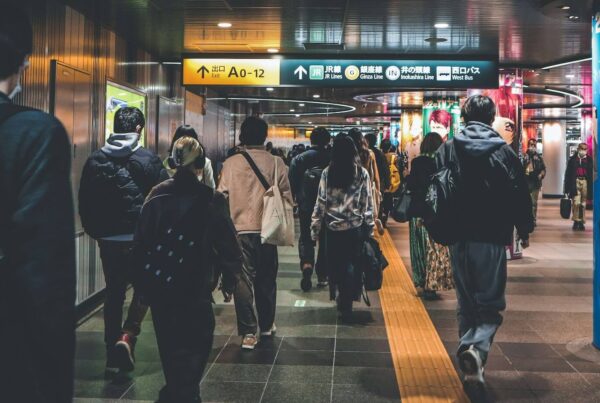Best things to do in Shimane Prefecture – According to classic Shinto myths, the entrance to the Japanese underworld is located in Shimane Prefecture. The ancient province of Izumo, now part of the prefecture, was also where the heavenly Shinto gods fought for the leadership of Japan.
Thankfully, for modern visitors, what now await in Japan’s second-least populous prefecture are not divine battlefields or monsters, but atmospheric shrines, incredible gardens, and one of Japan’s best original castles. At the right places, many can even have memorable encounters with quirky Yokai.
Table of Contents
Survey the Land from Matsue Castle
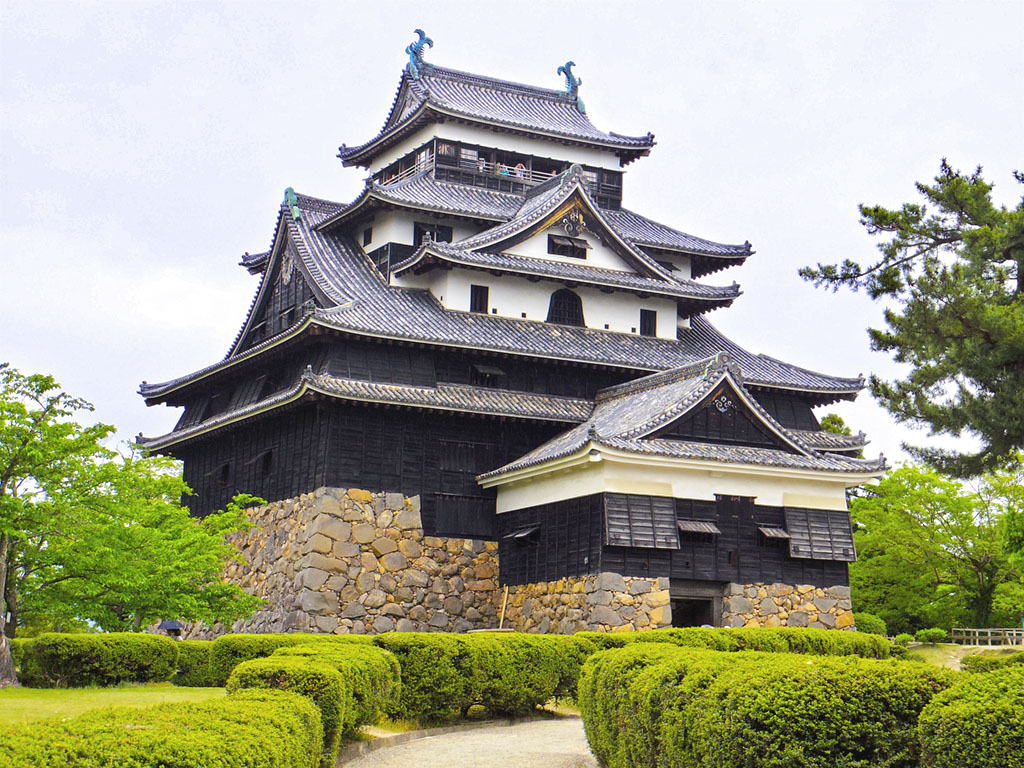
Matsue Castle is the symbol and crowning gem of Matsue.
One of the best original castles in Japan, as in it’s not a concrete reconstruction, Matsue Castle is the gem of Matsue and the one attraction no visitor to the prefecture capital should miss.
Nicknamed the “black castle” because of its solemn keep, Matsue Castle is situated on a hilltop, the entrance to which can easily be reached from JR Matsue Station by public transportation. Within the keep, there are various historical displays and artifacts, and should you climb all the way to the topmost floor, you’d be greeted by incredible views of the surrounding city. A spectacular vista that includes nearby mountains and Lake Shinji.
What’s more, there’s also a well-preserved Meiji Era guesthouse on the castle grounds, one that’s architecturally representative of Japan’s early years of modernization.
Lastly, a route behind the keep leads directly to the former samurai district. After examining your domain like a feudal lord, you can walk down this serene route to visit the homes of your retainers.
Relax on a Matsue City Cruise
Like European counterparts, the grounds of Matsue Castle are surrounded by a moat; quite a sizable one for that matter. With a day pass, you can ride on any of the Horikawa pleasure boats departing from various piers alongside the moat. During the cruise, boatmen will also introduce the sights of the city. (Conducted in Japanese but with audio recordings in other languages)
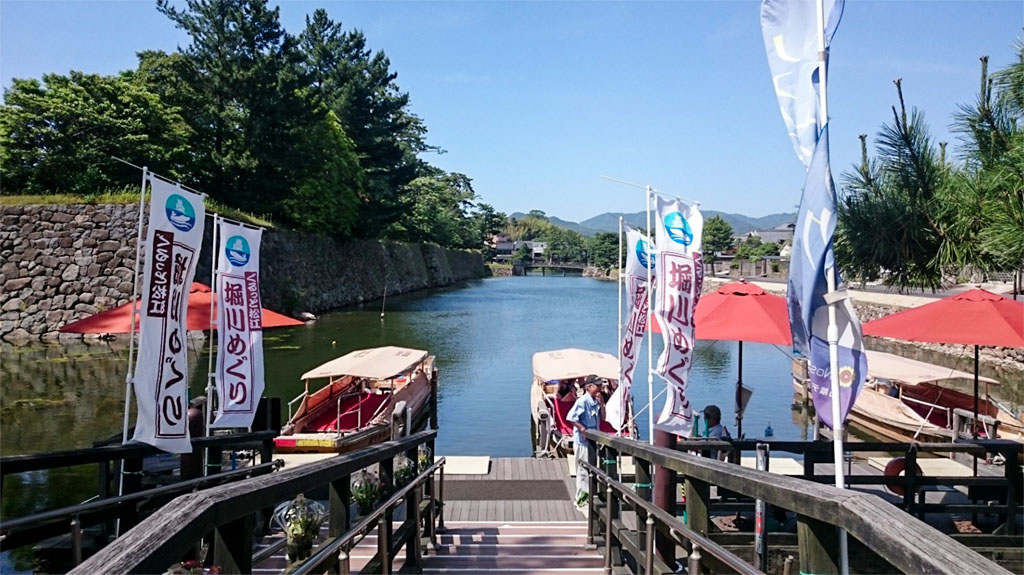
Tired from walking? How about relaxing on a Horikawa Pleasure Boat while the landmarks of Matsue pass you by?
This leisurely cruise is especially enjoyable during springtime when the banks of the moat are resplendent with Cherry Blossoms. Another attraction is that the moat is connected to canals that surround the inner-city district. In other words, you will cruise by the modern attractions of Matsue too, as well as pass under several historical bridges.
And in autumn, the cruises are extended into the evening, with traditional lanterns illuminating some of the attractions passed by. In all, this is a different and atmospheric way to experience Matsue City. Certainly, one of the best activities to enjoy in Shimane Prefecture too.
Indulge in Flower Therapy at Yushien Garden
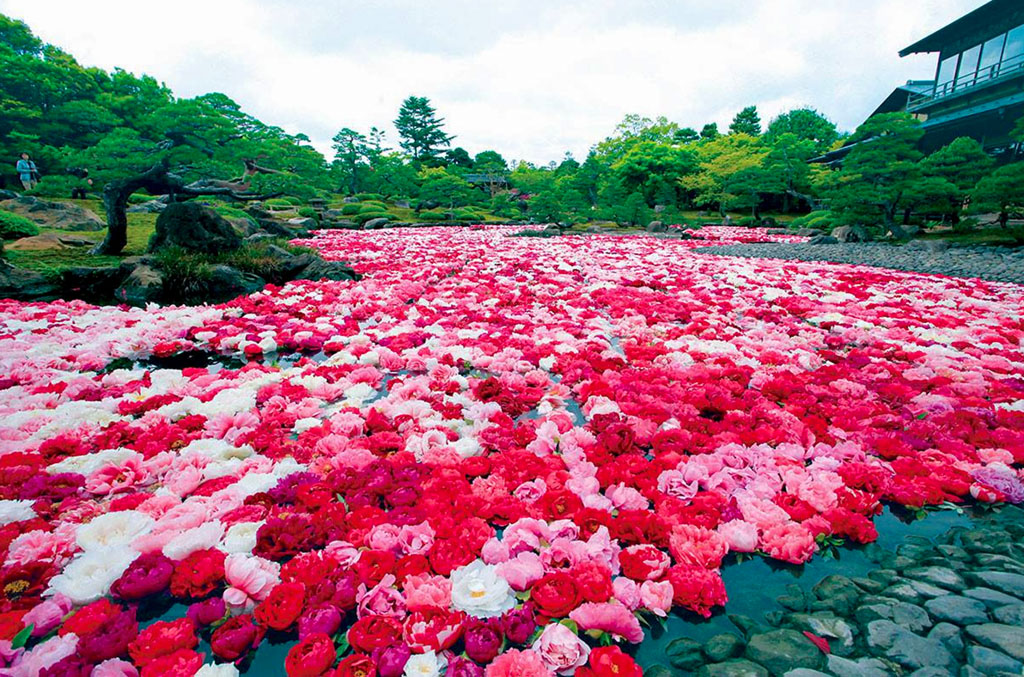
Peony power, and therapy, at gorgeous Yushien Garden. (Source: Facebook)
At the heart of Lake Nakaumi i.e. the brackish lake outside central Matsue is the flower paradise Yushien. Famous throughout Japan for its peonies, this sizable garden of 40,000 square meters contains no less than 250 varieties of the gorgeous flower. Careful indoor cultivation also ensures that there are blooms for all visitors to enjoy, no matter the month of visit.
Like all such gardens, Yushien contains a variety of classic Japanese landscapes, ponds, and waterfalls too. Odd as it might sound, Korean ginseng is also a specialty of the garden, as the prized root is an important produce of Daikonjima, the island the garden is located on.
And for illumination enthusiasts, Yushien comes alive with lights every autumn and winter. A late afternoon visit during these months, ending with a stroll through multi-colored illuminated fields, will be a therapeutic journey you wouldn’t soon forget.
Read also:
Photograph the Scariest Road Bridge in the World?
If you’ve ever seen the above picture online, you’d be thrilled to know this frighteningly steep road bridge is just outside of Matsue. Specifically, at the border between Shimane and Tottori Prefecture.
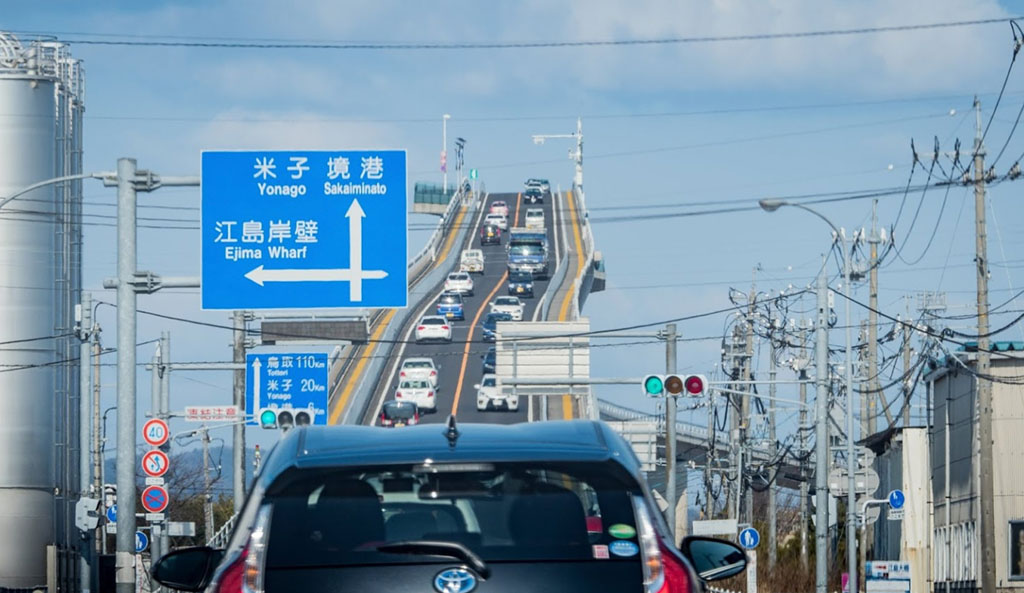
Want to try your hand at photographing the most terrifying road bridge in the world? That would surely be one of the best and most unusual things to do in Shimane! (Source: Google Maps)
What wouldn’t thrill you, on the other hand, is the truth. The unbelievable incline is a photo trick accomplished through the use of a telescopic lens; high focal length “compresses” images, resulting in the above illusion. In reality, the Eshima Ohashi Grand Bridge isn’t even particularly steep.
That said, you could still have fun creating your own optical illusion, this best done at this spot according to many travelers. Incidentally, the photo-spot is a long albeit easy walk from Yushien Garden.
The bridge could also be explored on foot. At its highest points, the views of the surrounding Lake Nakaumi are themselves, a photographic joy.
Get to know Lafcadio Hearn, one of Japan’s Historical Yokai Master
Born in Greece and a world-trekking writer before settling in Japan, Lafcadio Hearn is a name inseparable from Japanese folklores.
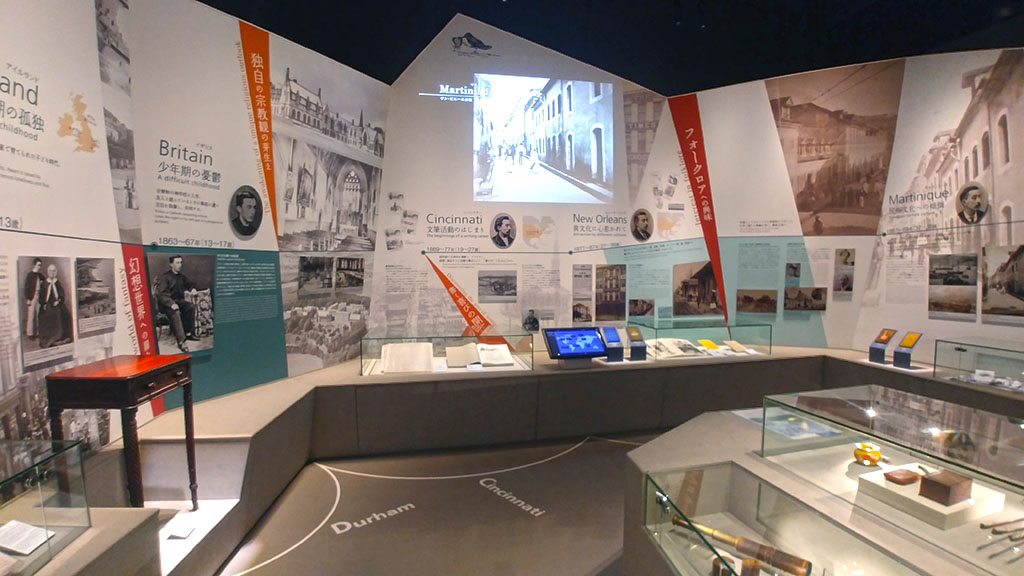
Inside the Lafcadio Hearn Memorial Museum.
His writings about Japanese Yokai and ghosts familiarized the world with such supernatural aberrations. Even the Yakumo express train service between Matsue and Okayama City is named after him. Hearn’s Japanese name was Koizumi Yakumo.
His residence in Matsue is today, also a major attraction. One with a compact museum dedicated to him right next door, and easily visited when touring the city’s Samurai District. On the museum, if you understand Japanese, you can enjoy superb readings of Hearn’s most famous tales thanks to specialized recordings. On the upper floor is also a sizable collection of Hearn publications.
By the way, Yokai made famous by Hearn, such as the faceless Noppera-bō, makes appearances throughout Shimane Prefecture. As souvenirs, poster decorations, collectibles, etc. Try your hand at being a “Yokai Master” locating these cameos.
Lafcadio Hearn Memorial Museum website: https://www.hearn-museum-matsue.jp/english.html
Be Pampered by the Serenity and Culinary Delights of Lake Shinji
Lake Shinji is the large saltwater lake beside Matsue City, and its serenity is easy to enjoy. For a start, train routes between Matsue City and Izumo (see below) run alongside the lake. During off-peak hours, you could savor the pleasure of the tranquil waters all by yourself in a comfortable carriage.

The magnificent serenity of Lake Shinji. (Source: Facebook)
For travelers with moore time on their hands, an peaceful stay at Shinjiko Onsen just outside of Matsue City is one of the best things to do in Shimane Prefecture too. Other than rustic hot baths and gorgeous sunsets, an overnight stay means the opportunity to sample the seafood of Lake Shinji, the most popular of which is the Shijimi Clam.
Clams, or any of the other seven delicacies of Lake Shinji, such as sea bass, shrimp, and eel. If you do not have the time to stay overnight, despair not too. These delicacies can easily be enjoyed at many restaurants throughout the region. You can even buy train travel meal boxes i.e. Ekiben featuring these exotic ingredients.
Enjoy a Living Painting at Adachi Museum of Art
Imagine a panorama that includes the sky, faraway mountains, and hundreds of immaculately cultivated trees and bushes.
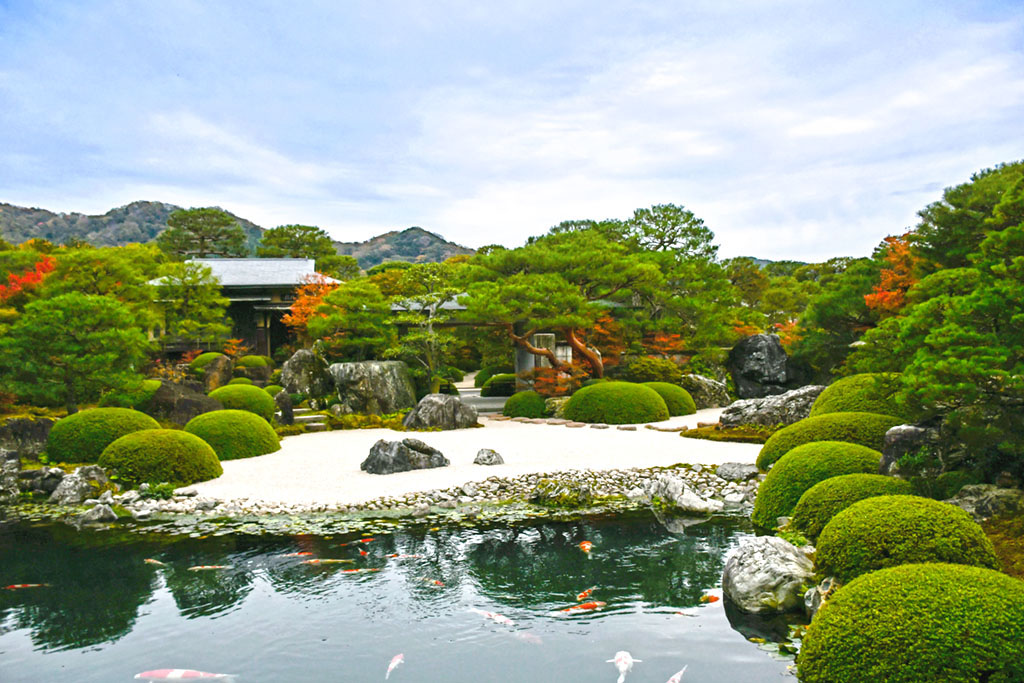
The fantastic main garden of Adachi Museum of Art is a living painting that fills the entire horizon.
Imagine being able to enjoy this magnificent vision as a painting too, thanks to specially positioned windows. With each season offering a spectacularly different sight.
If the above sounds heavenly to you, be warned, you might not want to leave Adachi Museum of Art. Its main garden is all of the above, on top of being celebrated as one of Japan’s best gardens for over ten years.
Besides the astonishing main garden, the museum houses several smaller gardens too, as well as showcases a sizable collection of paintings and ceramics. Any visit at any hour is indeed an immersive journey through Japanese art.
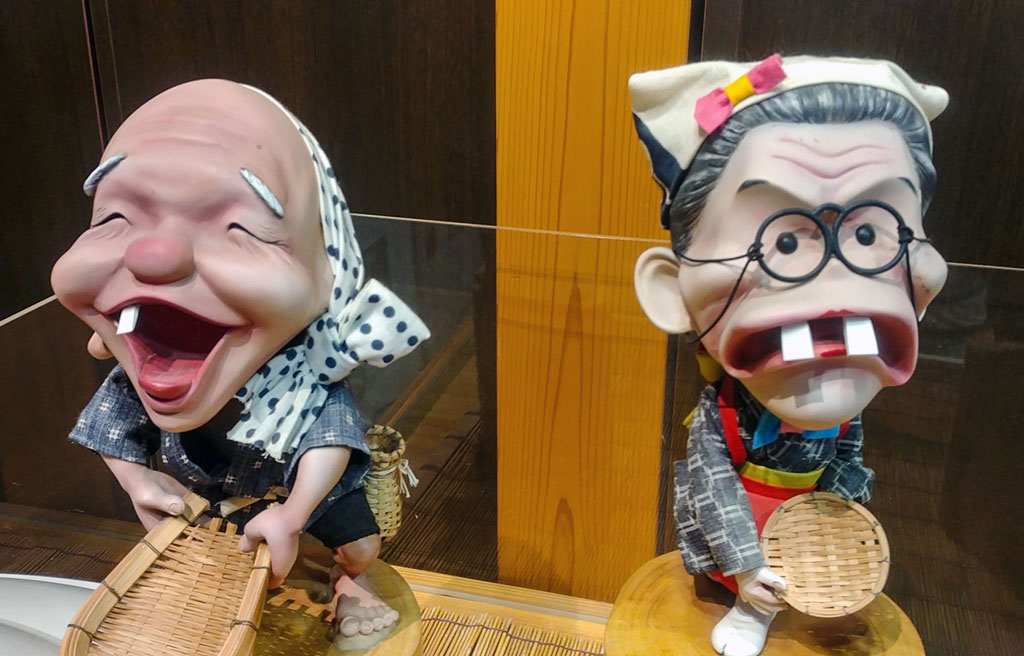
Quirky folkloric figurines at Yasugi Station.
As for access, Adachi Museum of Art is most easily reached by a free coach service from the main entrance of Yasugi Station. Coach departures from Yasugi Station are conveniently timed with train arrivals. While waiting to board, don’t forget to check out the quirky collection of ceramic folkloric dolls on show at the station.
Adachi Museum of Art website: https://www.adachi-museum.or.jp/en/
Pray for Your Partner and Yourself at Izumo Grand Shrine
There are many legends and myths associated with Izumo Grand Shrine, Japan’s oldest shrine and one of the most important in the Shinto faith.
Firstly, the shrine is where the “8 million” gods of Shintoism gather every tenth lunar month for an annual meeting. For this purpose, long wooden buildings beside the main sanctuary, known as Jukusha, are painstakingly maintained. These lodgings, of course, out of bounds to mortal visitors.
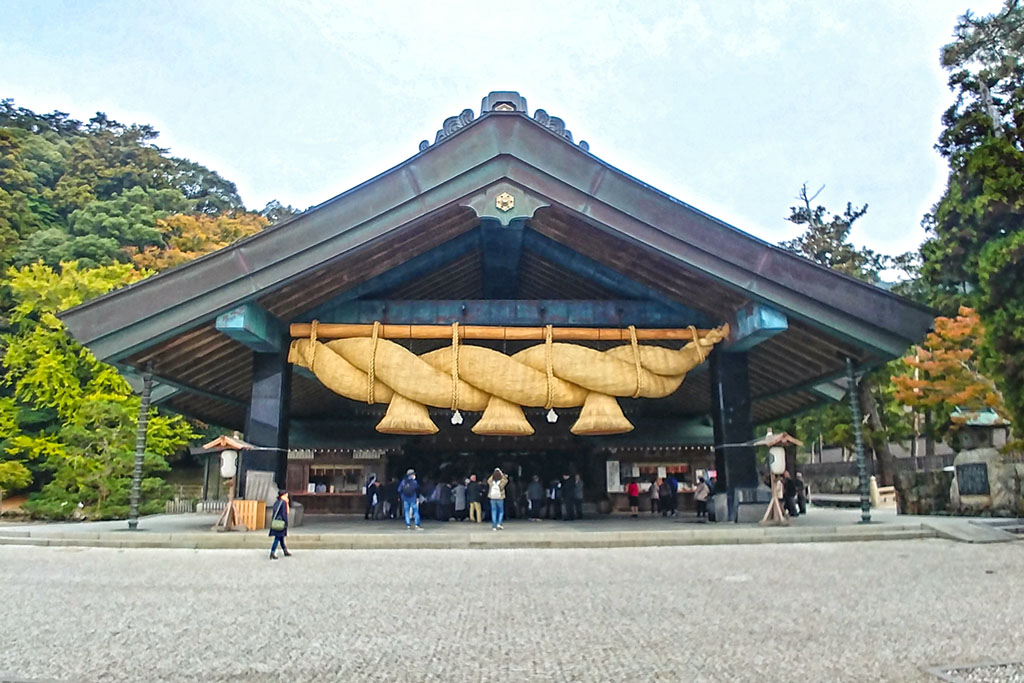
Izumo Grand Shrine is not only one of the most important Shinto shrines, it is the oldest, and the foremost place to pray for love in Japan.
Secondly, the main deity of Izumo Grand Shrine is Okuninushi-no-Okami. (You can see a statue of him beside the path leading to the shrine) The most famous mythical ruler of Izumo, Okuninushi is a god of marriage and relationship as he underwent numerous arduous trials to win the hand of his wife. Japanese worshipers thus clap four times instead of twice before his sanctuary. They do so as they are not just praying for themselves but also for their partners, present or yet to be found.
Other attractions at the shrine include an immense hemp rope over the main hall, various religious wooden structures, and a small but comprehensive museum full of archeological treasures.

Izumo is famous for soba too, often served as a tiered tower. Don’t forget to slurp on some! (Source: Facebook)
Last but not least, if you are keen to fully immerse yourself in Shinto mythology, take a short walk east to Inasa Beach to see Bentenjima. This unusual crag has a small torii gate on it. In the Shinto faith, the gods begin each year’s get-together with a ceremony here.
Read also:
Explore Iwami Ginzan, One of the Top-producing Silver Mines in History
Iwami Ginzan is located east of Izumo, roughly at the heart of Shimane Prefecture. Previously one of the top-producing silver mines of the world, it was mined for near four centuries between AD 1526 to 1923. In 2007, it was also awarded UNESCO world heritage site status.
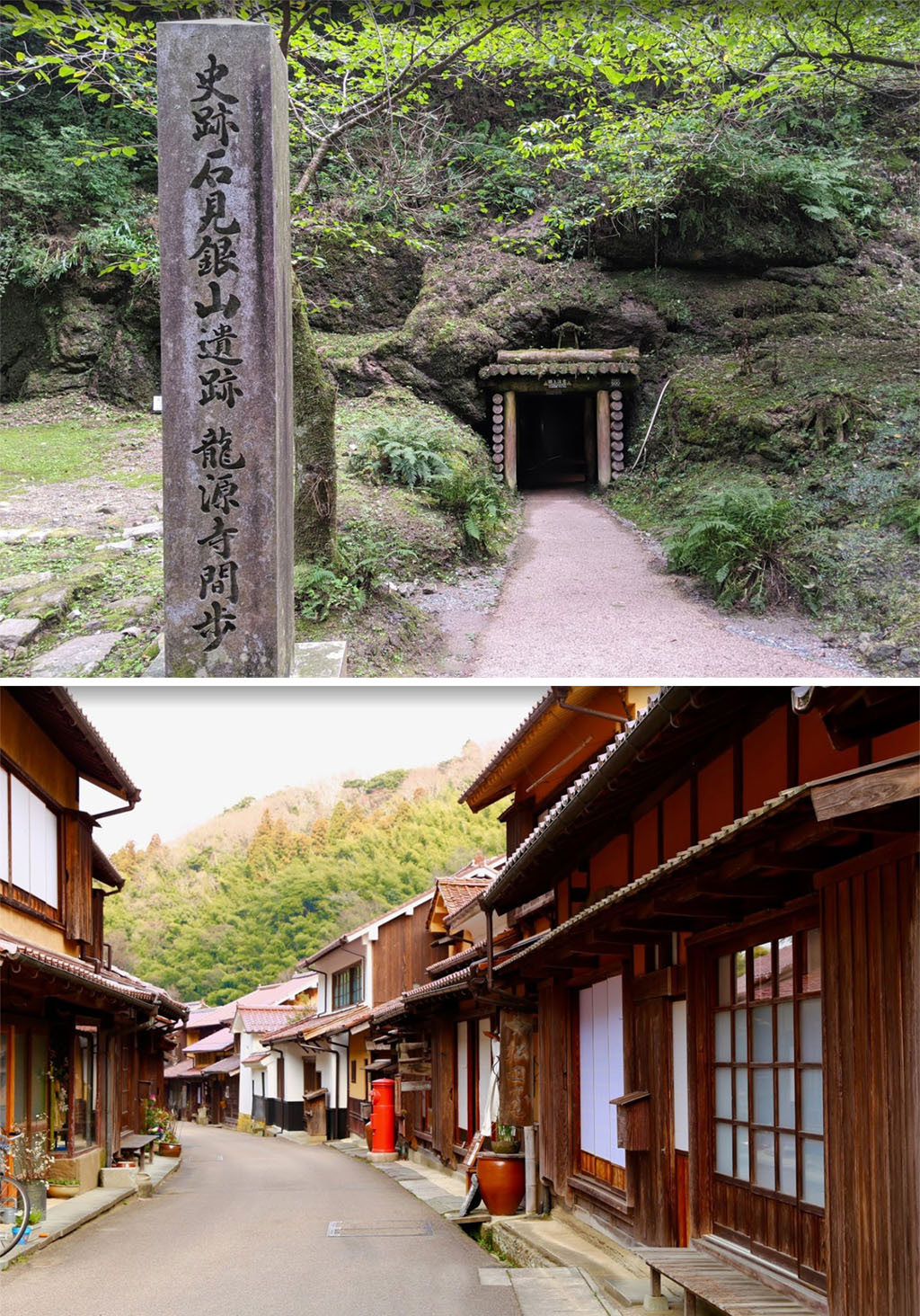
Apart from its world heritage silver mine, Iwami Ginzan is next to a picturesque, rustic small town perfect for pictures.
Today, only the main Ryugenji Mabu Shaft can be visited, although the vicinity has various shrines and temples, and the ruins of a refinery. More attractive for most visitiors is perhaps nearby Omori Town, which has a picturesque street full of wooden homes.
And if you have time on your hands, consider staying at the coastal hot-spring town of Yunotsu, which is part of the world heritage site. With Yunotsu directly connected to Matsue by train, you could spend the night here, after exploring the mine, before returning to Matsue.
Transport Tip: Omori Town can be reached by bus from Oda-Shi Station and Nima Station. Both train stations are part of the JR Sanin Line and are connected to Matsue and Yunotsu. From Omori Town, it is a 2km walk to Ryugenji Mabu Shaft along an easy trail.
Visit Samurai Quarters, and a Historical Church, at Tsuwano
Tucked away in the eastern end of Shimane Prefecture is idyllic Tsuwano, a historical town containing everything that medieval Japan is famous for.

The torii tunnel of Taikodani Inari Shrine is just like the world-famous one at Fushimi, but with far lesser crowds. (Source: Google Maps)
The well-preserved former samurai district is full of historical homes and estates, and with an attractive canal full of carps. The nearby Taikodani Inari Shrine is also one of the most important Inari shrines in Japan. Strikingly red throughout, and with a torii tunnel the likes of at Kyoto’s Fushimi Inari Shrine.
For the energetic, a hike to the ruins of Tsuwano Castle is also an excursion to consider. While the castle keep is long gone, the fortifications remain. The locations of the ruins also afford a spectacular view over the entire valley.
Lastly, Tsuwano is home to the Maria Seido Chapel. Constructed in 1951 to commemorate Japanese Christians persecuted at the start of the Meiji Period, this hybrid of a Japanese hut and a classic European chapel is both eye-catching and unusual. There is also a poignant statue of the Virgin Mary offering solace to a caged man.
See the Sights of Shimane Prefecture at a Discount!
If the attractions and experiences listed above aren’t reason enough for you to visit Shimane, here’s one more! Discounts of up to 50 percent are offered to international visitors at 22 attractions. These include Matsue Castle, the Horikawa Pleasure Boat rides, Yushien Garden, and even Adachi Museum of Art.
Simply show your passport when purchasing tickets to enjoy the discounts! Be sure to follow us on Facebook, Instagram, Twitter, and Pinterest for more fun stuff!

Ced Yong
A devoted solo traveler from Singapore who has loved Japan since young. His first visits to the country were all because of video game and Manga homages. Today, he still visits for the same reasons, in addition to enjoying Japan’s culture, history, and hot springs.






